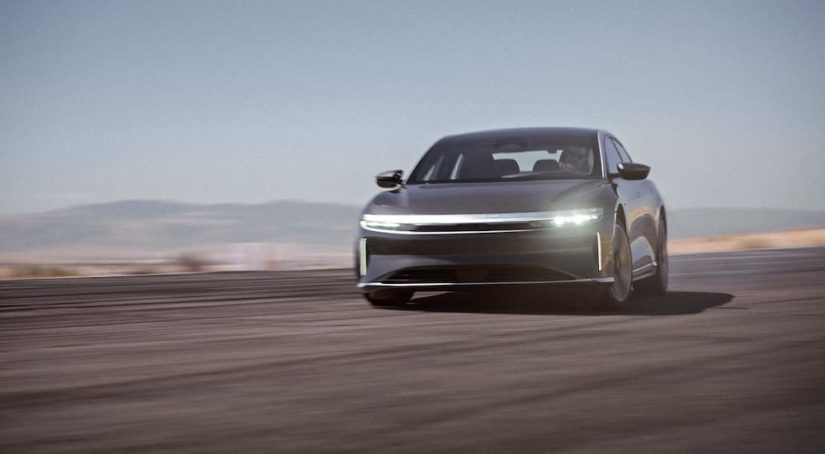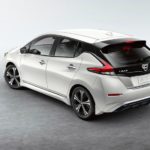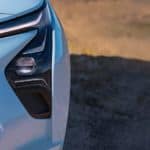For nearly a decade, Tesla reigned supreme as the only EV manufacturer of note. Today, things have changed, and the market leader is beset by challengers on all sides. In an ironic twist, its strongest competitor comes not from the old guard auto manufacturers like Mercedes-Benz and BMW but from an even younger startup in its own backyard. Founded in 2007 in Tesla’s home state of California, Lucid Motors shook up the automotive industry last year when it unveiled its first vehicle––the Lucid Air.
Similar to how many big names of the auto industry got their start as motor companies, building engines for a variety of purposes before constructing cars of their own, Lucid Motors began as a battery company. As it developed its expertise, it branched out into motorsports with Formula E and then embarked on the long journey to build its own production electric vehicle. Lucid’s groundwork paid off and eventually allowed it to create a sedan that seemingly exceeded the Tesla Model S in virtually every measurable way.
Building a Foundation
Fundamentally, electric cars are a simple technology. Hook up a bunch of batteries to an electric motor, and you have a working vehicle. Unlike traditional gasoline engines, which require intense development and incredible engineering, companies can buy a functional electric powertrain off the shelf, stuff it into a car body, and call it a day. In fact, that’s exactly what many traditional manufacturers and EV startups alike are doing. Mercedes-Benz, for instance, uses Valeo Siemens motors and CATL batteries to power its flagship EQS sedan. But while such an approach is easy, the resulting cars simply can’t stand up to models from manufacturers like Lucid that have the expertise to build parts in-house.
Simply compare the EQS to the Air, and you’ll immediately see the difference. While Lucid’s sedan pushes out up to 1,111 hp and provides up to 520 miles of range, the EQS only has up to 751 hp and up to 350 miles of range. Comparing the efficiency of the two vehicles tells a similar story. The incredibly powerful Lucid Air achieves up to 131 MPGe, while the slower EQS is only rated for up to 97 MPGe. It’s that massive efficiency difference that allows Lucid to get more power and more range without loading down its car with excessively large batteries.
One of the keys to Lucid’s success is its phenomenal powertrain engineering. While Mercedes-Benz decided to outsource its electric motors, Lucid designed a revolutionary electric drive unit that exceeds anything else on the market. By combining the motor, inverter, and transmission into a single drive unit that weighs just over 160 lbs, Lucid dramatically cut weight and bulk. And while Lucid sourced its battery cells from LG Chem, it carefully engineered the overall battery pack and charging unit in-house with a 900V architecture––Mercedes, meanwhile, made do with a 400V architecture.
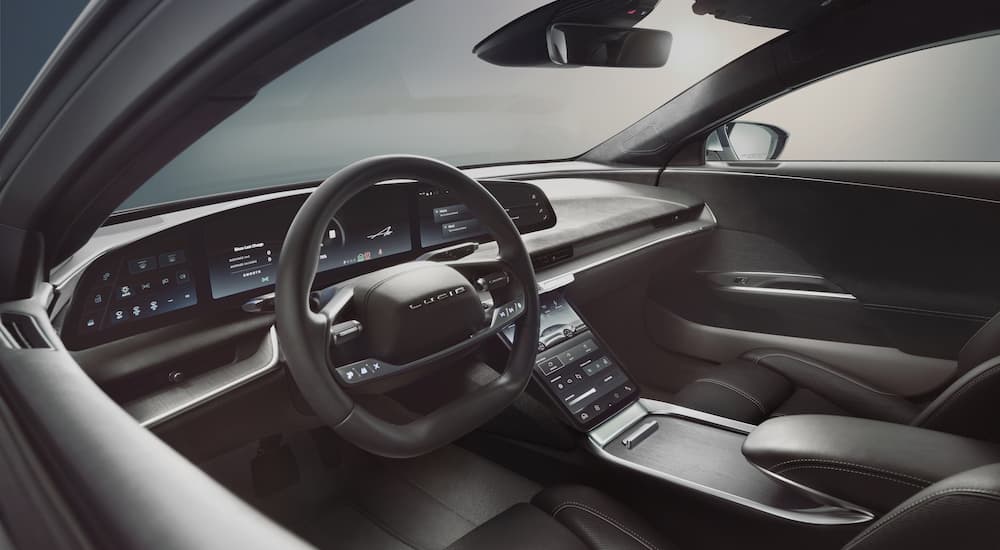
Challenging the King
Lucid’s engineering expertise has allowed it to easily exceed what the traditional auto manufacturers are producing with their outsourced powertrains, but how was Lucid able to take on Tesla? Truthfully, much of the Lucid Air’s class-leading performance is the result of a difference in strategy rather than just superior engineering. However, that doesn’t diminish Lucid’s achievement in being the first to challenge Tesla on even footing.
While Tesla has become a de facto leader in luxury electric vehicles, the brand’s ultimate focus is on expanding electric mobility. With each successive model release, Tesla has relentlessly moved down market even as established manufacturers struggle to move upmarket. The 2009 Tesla Roadster launched for $98,950 with a bespoke sports car body. The 2012 Tesla Model S started at $57,400 for a full-size luxury sedan. Finally, the 2017 Tesla Model 3 was unveiled for just $36,000 as a compact sedan for the masses. This means that most of Tesla’s engineering is aimed at reducing prices and increasing production rather than chasing performance and luxury.
The result is that when Lucid was designing the Air as a best-in-class luxury sedan, the benchmark to beat was fairly static as Tesla’s flagship Model S hadn’t seen many major updates in several years. However, Lucid did far more than simply one-up the aging Model S; it set a new standard, not just for electric vehicles but for luxury cars as a whole. Elements like the “glass canopy” windshield wrapping over the front seats or the “clamshell” trunk lid with a flat load floor are innovations in car design that we hope more manufacturers emulate. This attention to detail has effectively elevated Lucid into a higher market segment than Tesla, positioning itself at the level of more exclusive brands like Porsche or Mercedes-Maybach.
2022 Lucid Air Models
Currently, there are two versions of the 2022 Lucid Air available, with two more expected towards the end of the year. The launch edition of the car was the Lucid Air Dream, which stickered at $169,000. The Air Dream comes standard with all-wheel drive and every available feature, with two variants available. The Air Dream Performance delivers the full 1,111 hp and has a 0-60 time of 2.5 seconds with a range of 471 miles. The Air Dream Range tones down performance slightly to 933 hp and a 2.7 second 0-60 time but can travel 520 miles on a charge.
The second trim of the 2022 Lucid Air, the Grand Touring, entered production in February and is intended to be the first mass-produced version. The standard Grand Touring costs $154,000 with all-wheel drive, 819 hp, a 3.0 second 0-60 time, and 516 miles of range, putting it a touch behind the Dream Range in all categories. The Grand Touring Performance is a different matter. Starting at $179,000, it is actually more expensive than the Dream even though it has less performance. However, its 1,050 hp and 2.6 second 0-60 time make it faster than the Dream Range, and its 446 miles of range is no slouch compared to other EVs on the market.
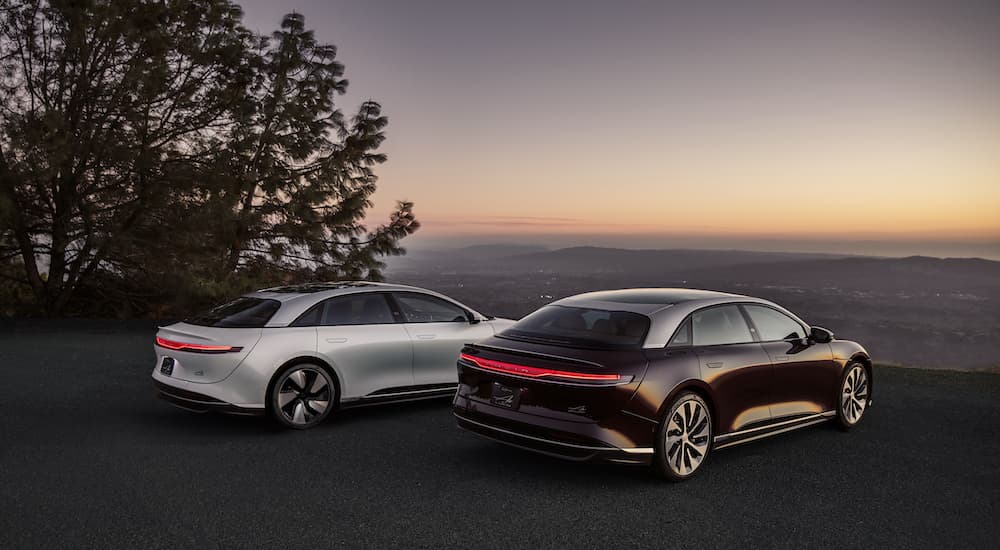
What Comes Next?
The world of EVs is expanding rapidly, and simply offering one flagship model, no matter how amazing, is no longer enough to build a brand. Lucid has amply demonstrated its ability to build a world-class EV, but in order to survive in the modern market, Lucid now needs to demonstrate its ability to mass produce the Air, get its vehicles into the hands of its consumers, and show that its business model is sustainable. However, building cars is actually more difficult than designing cars, and making a profit is another matter entirely. It should be remembered that it took Tesla 18 years to turn a profit, and Tesla was operating in a market with effectively no serious competition.
In its 2022 first-quarter report, Lucid revealed that it has over 30,000 reservations for the Air, representing approximately $2.9 billion dollars of potential sales. However, the more important number to highlight is that total deliveries of the Lucid Air over the past two quarters stood at fewer than 800 units. In that same period, Tesla delivered over 618,000 cars and SUVs. Lucid desperately needs to ramp up production to survive, or it risks being left behind by the market. However, like all car manufacturers, Lucid has been handicapped by the ongoing supply chain disruptions and chip shortages.
The lower-cost versions of the Lucid Air (the Touring and the Pure) are already showing signs of delay and are now expected late this year or in early 2023. The upcoming Lucid Gravity SUV, which was originally expected to launch in 2023, has also been pushed back to 2024. These are all worrying signs in an industry where quality alone is rarely enough to keep a company going. While the Lucid Air is arguably the best EV on the market today, the next few years will be make or break for Lucid Motors as a company.
